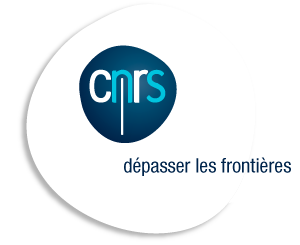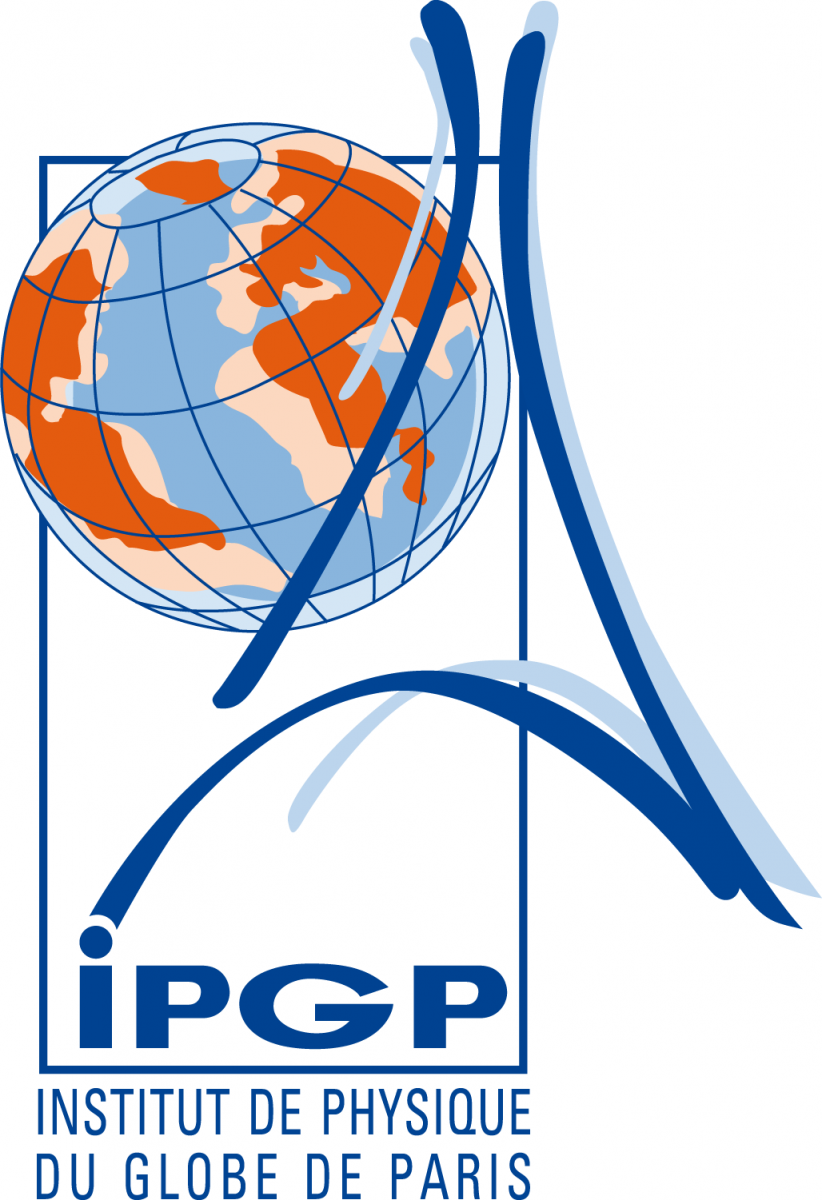IR co-sponsored workshop: Design of Marine Protected Areas for Chemosynthetic Ecosystems Potentially Threatened by Human Activities in the Deep Sea
1-4 June 2010
CRESCO, Dinard, France
Chemosynthetic ecosystems – hydrothermal vents and seeps – are (1) areas of unique biodiversity and scientific interest, and (2) targeted for seafloor mining (vents) and hydrocarbon extraction (seeps). These chemosynthetic systems differ fundamentally from other deep-sea ecosystems, such as abyssal nodule fields and seamounts, for which spatially based environmental protection strategies have been formulated. Vents and seeps are insular habitats, colonized by endemic taxa that often exhibit morphological and physiological adaptations to narrow and extreme environmental conditions. Vents in particular are ephemeral on scales from decades to centuries, and both seep and vent habitats are idiosyncratic, often with very different environmental characteristics on regional and even local scales. Hard substratum habitats of inactive vent and seep sites (herein referred to as chemosynthetic ‘residuals’) may also provide important habitat for marine benthic invertebrates. At present, there is no strategy based on sound scientific principles to apply spatially based management to the protection of biodiversity and ecosystem function in deep-sea chemosynthetic ecosystems and their residuals.
Goals:
1) To formulate a general approach, with specific examples, for the design of networks of areas for environmental protection for hydrothermal-vent and cold-seep ecosystems;
2) Outline research needs to allow better application of spatially based ecosystem management of human impacts in deep-sea chemosynthetic ecosystems.
If interested please contact the convenor:
Cindy Van Dover [email protected]




